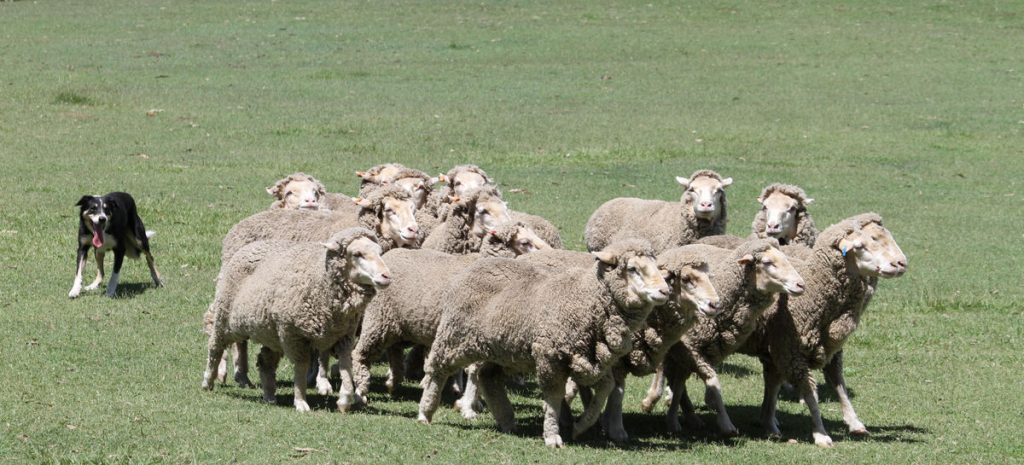
We often say there are sheep and there are sheepdogs, and while both are needed for a community to survive, only one can be the leader. So when a small group is placed under stress, many look for that sheepdog to step forward, to provide guidance and take charge to help ensure the endurance of all involved.
Under pressure, people revert to their basic needs, realizing that the group is stronger than the individual. They form bonds based on that need to rely on one another—bonds that aren’t as great when everything is going right.
People who are forced through the toughest times of their lives—natural disasters, military combat tours, health crises—bond in relationships that typically last a lifetime and are far more meaningful than those relationships made during normal circumstances.
So although we don’t necessarily welcome crisis, it does offer lessons we can use to build stronger teams—in difficult and normal times.
Are you the sheepdog of your group? Consider doing the following the next time you’re caught in chaos:
1. Use times of crisis to evaluate and take notes about your personnel. Look to see who is performing, who is withdrawing, who is setting themselves up to survive at the cost of others, and who is working to promote and ensure the success of the team.
2. When the stressful period is over, go back and have mentoring or counseling sessions with individuals and the team as a whole to discuss what you observed and what everyone needs to do in the future to promote the advancement of the team during difficult periods.
By providing individual counseling to each member and talking about their observed strengths and weaknesses, you will probably engage them in talks and reflection that they typically wouldn’t have, prompting them to see themselves in a new light.
3. Ensure that as a manager, after a stressful period, you take the time to provide an after-action review with your team. Sit down and talk about what worked, what didn’t and what the team sees as the best chance to do better in the future. Do this within a week of the event, take notes and implement changes based off the feedback.
4. During normal times, take the opportunity to push people outside of their comfort zones by giving them responsibility and projects that are more challenging. See how they perform. They may surprise you, and if they don’t, that’s fine; you’ll know where their limits are.
5. Don’t always choose the same leaders for these greater responsibilities and projects, but use them to mentor others, or completely remove them and let others take the leadership role. Don’t tell them how to do these tasks; just tell them what you want done and let them surprise you with their ingenuity and creativity.
6. Make sure people know that you will defend their honest mistakes and will not punish them but will look at these experiences as opportunities for growth and improvement. Build a team by fostering a go-for-it attitude, not one of fear that’s afraid to fail.
We grow the most—as individuals and as teams—when we push ourselves through our toughest times. Ask a group of people when the hardest times of their lives were and then ask them at what times in their lives did they grow the most, and I will bet you those times match up. No one grows in times of comfort. We learn and grow when we are tested, stressed and forced to perform to survive.

